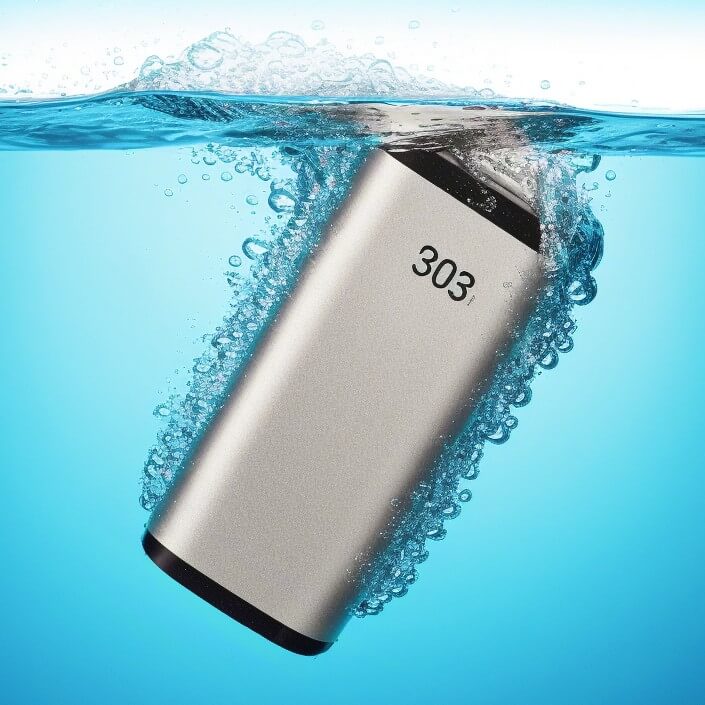Moisture is a key factor in the manufacturing and use of lithium-ion batteries, and has a significant impact on the performance and safety of the battery. Although the electrolyte of lithium-ion batteries is usually an organic solvent, the mixing of moisture is still inevitable and may cause a series of problems.
Source of moisture

Moisture may be mixed in the production process of the battery, such as in the preparation of electrode materials, the filling of electrolytes and the assembly of batteries. In addition, the battery may also absorb moisture from the air during use due to poor packaging or material defects.
Effect of moisture on battery performance
- Reduce battery capacity: Moisture will react with lithium salts in the electrolyte to generate byproducts such as hydrofluoric acid (HF). These byproducts will corrode electrode materials, consume lithium ions, and cause the reversible capacity of the battery to decrease. In addition, the presence of moisture will increase the internal impedance of the battery and reduce the battery’s charge and discharge efficiency.
- Affect the cycle stability of the battery: The side reactions caused by moisture will cause structural changes in electrode materials. For example, the layered structure of the positive electrode material may undergo irreversible changes due to the presence of moisture, reducing the cycle life of the battery.
- Reduce the rate performance of the battery: The presence of water will increase the viscosity of the electrolyte and reduce the migration rate of lithium ions, thereby affecting the rate performance of the battery. During high-rate charging and discharging, the internal resistance of the battery increases, resulting in an increase in voltage drop, which affects the output power of the battery.
- Affect the safety of the battery: Hydrofluoric acid generated by the reaction of water and lithium salt is a strong acid that may corrode the current collector and packaging materials of the battery, causing internal short circuits or electrolyte leakage in the battery, and increasing the safety risk of the battery.
Impact of water on battery safety
- Inducing thermal runaway: The presence of water will reduce the thermal stability of the battery, and may cause thermal runaway under high temperature conditions, causing the battery to catch fire or explode.
- Increase the internal pressure of the battery: The decomposition reaction of water inside the battery will produce gas, increase the internal pressure of the battery, and may cause the battery to bulge or rupture.
How to reduce the impact of water on lithium-ion batteries
- Strictly control the production environment: During the battery production process, the humidity of the production environment should be strictly controlled to ensure that the production environment is dry. For example, use dehumidification equipment to keep the relative humidity of the production environment below 1%.
- Optimize material selection: Select high-quality electrode materials and electrolytes that have good water absorption and chemical stability, which can effectively reduce the absorption of water.
- Improve battery packaging: Use high-barrier packaging materials and advanced packaging technology to prevent moisture from entering the battery. For example, use a multi-layer composite film to encapsulate the battery to improve its waterproof performance.
- Use desiccant: Add desiccant inside the battery or packaging to absorb possible mixed moisture. For example, use silica gel desiccant or molecular sieve desiccant.
- Strict quality testing: During battery production and use, regularly test the moisture content of the battery to ensure that it is within the specified range. For example, use the Karl-Fischer method to test the moisture content inside the battery.
Moisture has a significant impact on the performance and safety of lithium-ion batteries. By strictly controlling the production environment, optimizing material selection, improving battery packaging, using desiccant, and conducting strict quality testing, the negative impact of moisture on lithium-ion batteries can be effectively reduced and the performance and safety of batteries can be improved.
